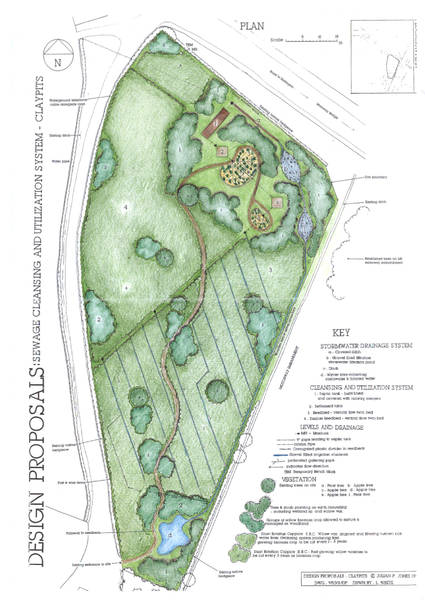Wastewater treatment
In England and Wales there are currently 20,000 legal sewer overflows, and after heavy rain they can surcharge untreated effluent into watercourses. The quality of wastewater treatment in conventional STWs is also often inadequate. This can pose a real problem in some areas, with visibly polluted streams. In other areas, pollution may be diluted, but there is still a real risk of contamination by pathogenic bacteria and viruses. There are no public health standards for the microbial content of watercourses, except in designated “bathing waters”. Drinking water quality is also a costly problem, and the effectiveness of chlorination in some regions is now reaching its limits. Couple this with rising water bills, and water resources and pollution is becoming a major problem for many communities.
Water21 recommends improving the quality of domestic wastewater at source, using low-cost, naturalistic alternative treatment such as reedbeds. These are constructed wetlands which can treat polluted water in a similar manner to STWs, yet are often more economic and effective, especially in rural areas. There are many examples of these being used for domestic wastewater as well as for specialised contamination such as agricultural runoff, pesticide contaminated groundwater, and acid-mine runoff.
Reedbed experts Oceans-ESU have a number of case studies on their website.
The above scheme was proposed in 1993 to resolve a sewer problem, and would have provided safe, cheap and multi-benefit wastewater treatment for those concerned. Instead the money was spent on a sewage pumping station, and the problems have been exacerbated.
Read the full case study here.
It is possible to design these schemes into “working landscapes”, which provide a focal point for effective management of water and other issues at a community level.

